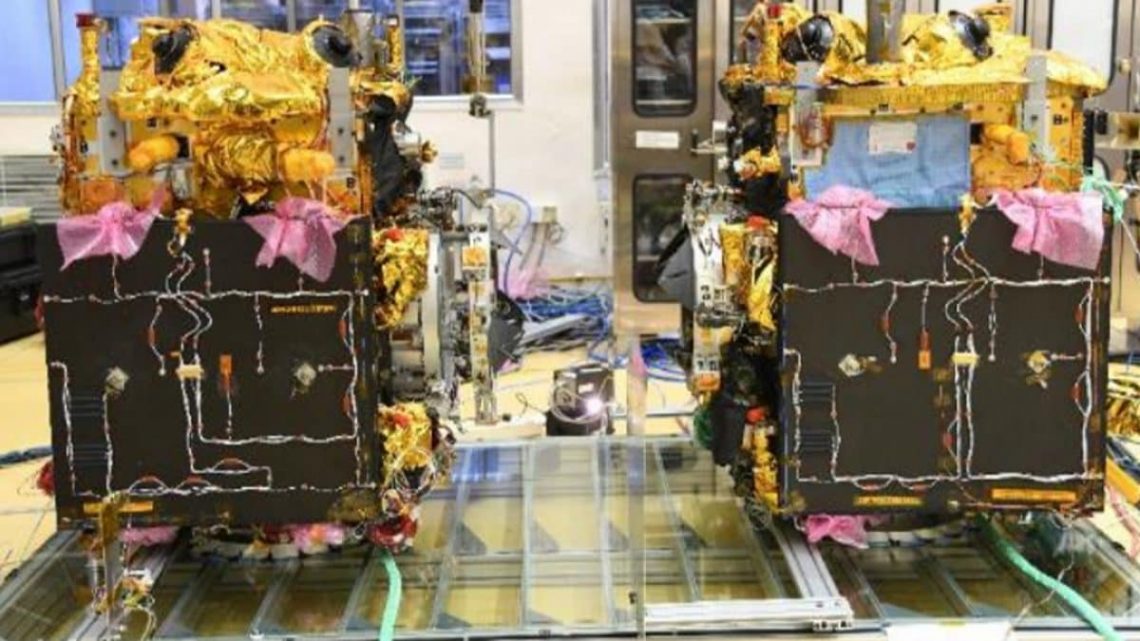The Indian Space Research Organisation (ISRO) is gearing up for an ambitious leap in space technology with the launch of its Space Docking Experiment (SpaDeX). The mission is scheduled for today, Monday, at 9:58 PM, from the Satish Dhawan Space Centre (SDSC) in Sriharikota, Andhra Pradesh, using the trusted Polar Satellite Launch Vehicle (PSLV-C60).
This milestone mission aims to place India alongside an elite group of nations with space docking capabilities.
The SpaDeX mission involves the deployment of two small satellites, SDX01 (Chaser) and SDX02 (Target), into a low-Earth circular orbit at an altitude of 470 km. The primary goal is to test and demonstrate the technology for rendezvous, docking, and undocking of these spacecraft. Unlike larger docking missions, SpaDeX presents a unique challenge due to the precision required for these manoeuvres, given the smaller size and mass of the satellites.
This mission also serves as a precursor for autonomous docking systems critical for future lunar missions like Chandrayaan-4.
By mastering this technology, India seeks to join the exclusive club of countries—currently limited to the United States, Russia, and China—that possess space docking expertise.
Docking involves aligning and physically connecting two spacecraft in orbit. For SpaDeX, the process begins with the two satellites in close proximity, gradually drifting apart over 24 hours. The Chaser then systematically approaches the Target, reducing the distance incrementally from 20 km to just 3 m, culminating in their docking.
The satellites are equipped with a Differential GNSS-based Satellite Positioning System (SPS) for accurate positioning.
A novel RODP processor within the SPS ensures precise calculation of relative positions and velocities by leveraging carrier phase measurements from GNSS satellites. This advanced system is further aided by VHF/UHF transceivers, which facilitate data exchange between the two spacecraft.
The SpaDeX satellites were developed by ISRO’s UR Rao Satellite Centre (URSC) with contributions from various ISRO centres. Full integration and testing were carried out in Bangalore, followed by final preparations at the launch site. The mission’s orbital phase will be managed by ISTRAC, supported by ground stations.
For people who wish to witness the launch of the groundbreaking mission, ISRO is streaming the launch live on YouTube, starting at 9:30 PM IST. With SpaDeX, ISRO is set to showcase India’s growing prowess in cutting-edge space technologies, pushing the boundaries of what’s possible in space exploration.
Link to article –
All you need to know about ISRO’s SpaDeX Mission and its Space Docking Experiment
